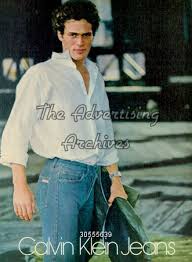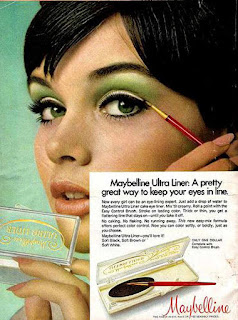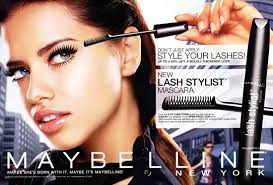First impressions/ assumptions:
- Stereotypical
- Assumes women do all the washing
- Aimed at women
- Simple, straight to the point
- A lot of text unlike modern adverts
- Appeals to middle class women
This is advert is very stereotypical of post war time women. With the lady hugging a washing powder which is very specific assumption on what a female wants. This is also a code which implies the women need/ want this product giving the impressions she needs this product like she needs a man. The z-line of the advert goes straight to the slogan of " Tide's got what the women want!" then missing out a lot of information as there is alot of text within the advert.
Colours connote that this product will lead to a better life, also the colours used are what are seen as female colours.
Context of the advert:
- An American advert and company
- Still leading brand in America today as it was in the 1950's
- Designed for heavy duty
- A large well respected and loved company- DMB&B
- Was well know for their use of the "house wife" character
- Tide is loved by women- their unique selling point.
A low angle shot has been used to give the impression that the "house wife' character is more powerful which would appeal to the target audience. I think a proairetic code has been used which suggests she's about to do the washing.
Sans-serif font has been used within the advert which would appeal to the middle class audience.
The colour red suggests women are only there for the cleaning and for a relationship.
direct address has been used as it address the women about buying the women. The close up shot of the women which indicates she is the main character of the advert.
the symbolic code of the colour white in the back ground symbolises purity and also cleanliness.
The z-line sums up the main parts of the advert without having to read all of the writing. Summing up the narrative of the advert as the Advert was also played on the radio, this advert also has a TV feel with the narrative.
The use of makeup implies the product makes you feel better about your self as you get dressed up to do the washing.
Language analysis:
There's a very direct mode of address used within the advert. Also the use of direct makes the advert have a more personal feel especially with the quote " No wonder you women by more TIDE then any other washday product!' This also gives women a sense of community as "the housewives."
However the use of "you women" gives a great sense of authority of them looking down on the women.
"sudsing whizz" is an example of archaic language which was everyday use of language for the working class in the 1950's.
Language has also been used to exaggerate the product describing it as a "miracle". Even though it isn't as its just soap.
Ideology- Women like and want to clean, and that they should clean.















